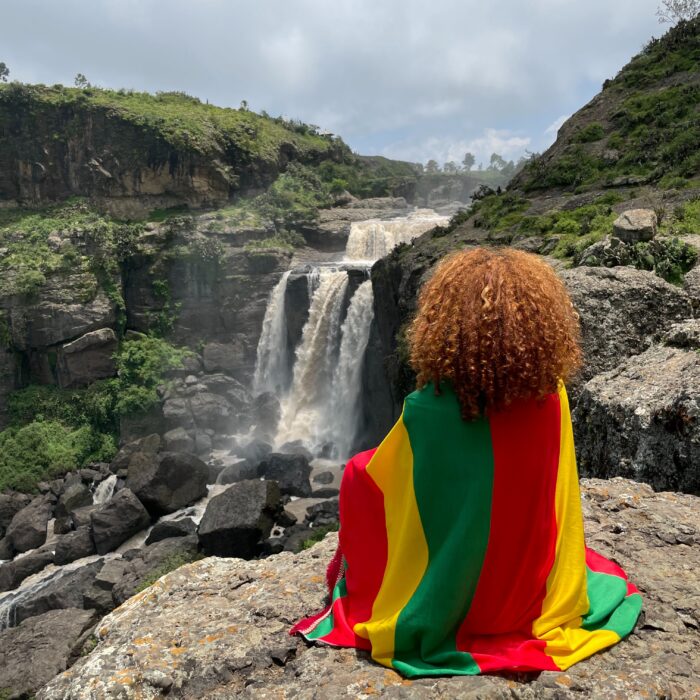You have no items in your cart. Want to get some nice things?
Go shopping
Do novels change our experience? Does our experience change the way we read novels? How do the two entwine. We catch up with Ali Smith at the Charleston Literary Festival, to find out.
As part of the Charleston Literary Festival Ali Smith spoke on the 20th May about her new book How to be Both, winner of the Goldsmiths Prize 2014 and the Costa Award 2014 and shortlisted for the Man Booker Prize 2014. Essayist and lecturer at University of Liverpool, Alexandra Harris, interviewed Ali Smith, guest director of the Brighton Festival, expertly and amusingly at Charleston Farmhouse. The dual narrative in How to be Both combines the life of sixteen year-old girl, George, whose mother has recently passed away, and gender-bending Renaissance fresco artist, Francesco del Cossa.
What makes the dual narrative even more special is that there are two versions of the book circulating, one starting with George’s story, and one starting with Francesco del Cossa’s. It is a matter of chance which narrative you start with. I picked up the novel beginning with George and frankly by the time I reached the second section I didn’t want to read about Francesco del Cossa wanting more money for his frescos; I instead pined to read more about how George was finding a way to deal with her mother’s death. I wanted to read more of the narrative I was engrossed in, the narrative that I started with, the narrative I had partly experienced. In her talk at Charleston Smith commented, “Books change the way we view the world.” Through the narratives of the characters’ lives in literature we learn, feel and communicate with strangers. We take new ideas, thoughts and opinions from captivating books and let them digest in our minds. Books cultivate and encourage the sharing of cultures and lives.
As we learn about a new country, about a character that we are yet to come across, our wealth of knowledge and experience blossoms. We educate ourselves through others. Sympathy becomes empathy as we unravel narratives. We believe we are experiencing the events of a book. We are immersed in the narrative, and engrossed in the characters’ lives, almost as if they are real people in our lives. Perhaps this is why we feel so strongly connected to books, why books shape our view of the world, because we become attached to many different parts of the world and the many different characters that have come alive in our imaginations through literature. Smith powerfully writes the shock and confusion that surrounds death. How can someone ‘vanish?’ How can they suddenly be physically and maybe spiritually removed from the world? I am unsure as to whether it was my personal experience and circumstances at the time of reading How to be Both, or Ali Smith’s natural and intimate writing that made this deeply resonate with me. Either way, Smith captures this bewilderment with great grace and tenderness through the character of George. After her talk, I managed to speak to Smith briefly about how novels affect us. She said that it’s interesting how we realise the extent of our widened experience when we re-read books.
Re-reading the opening of George’s narrative enabled me to review how my experience in the months between reading How to be Both and hearing Ali Smith talk has broadened and changed my outlook. This is one of the reasons why Smith considers novels to be a true art form, because “they can hold anything of our lives and change with us as we change.” Some books resonate with you, they leave an imprint, but some barely touch the surface of your knowledge and experience. We take what we can from novels and make them, subconsciously, into what we want to read about. Ali Smith’s book could be about loss for one person, about physicality and spirituality for another, and about art for yet another, due to our differing lives and experiences. This is highlighted when books are discussed in groups. It is fascinating to compare the different aspects of a book each person enjoyed and took note of. Ali Smith’s prize-winning novel underlines and plays with this.
Depending on which version of the book you read, your experience of the book will vary. By toying with the form, Smith introduces a new understanding and method regarding the ways in which novels and experience interlink. How would we know about or begin to understand the world without books? How would authors write books without experience? Would they be able to write books without reading other books? It’s a constant to and fro relationship. Ali Smith commented at Charleston that she knew next to nothing about Renaissance art. She told an amusing story of bumping into Tom Stoppard around the time she was researching, who delighted her when he told her to “lift the corner of the envelope and peek in” at the history. Make it up. Obviously Smith had to conduct a lot of research for How to be Both, otherwise it wouldn’t have the authentic warmth of Italy and art in the 1460’s, however it is Smith’s engaging and heart-warming narrative that draws this into a novel.
It is not her experience of researching frescos that forms this novel; it is her experience in writing and reading that have helped hone her talent to be able to honestly relay the events of her book. Ali Smith finished her talk by taking questions, to one of which she responded, “each one of us is a multitude of beings.” We are shaped by what we learn from each other in books, as well as the people we read about. It is natural that reading affects our experience and that our experience affects our reading, as we are constantly accumulating experience. Time is what joins both together. Smith told us “we are made by the books we read… our spiritual and intellectual environments come from literature and the ways in which we come to the world via the words.’

About Isabel Gonzalez-Prendergast
Isabel is particularly interested in international literature, learning about different cultures and philosophies.




